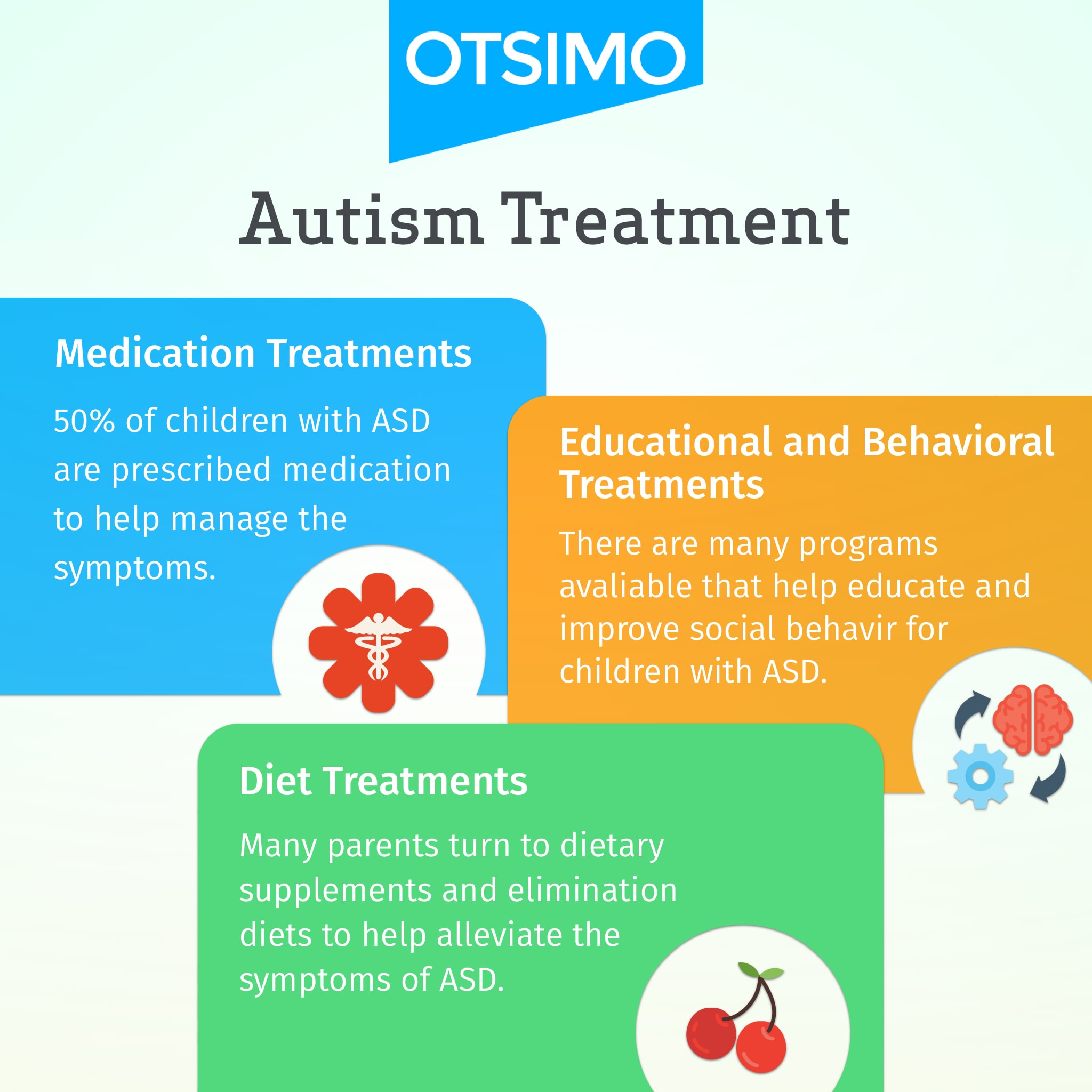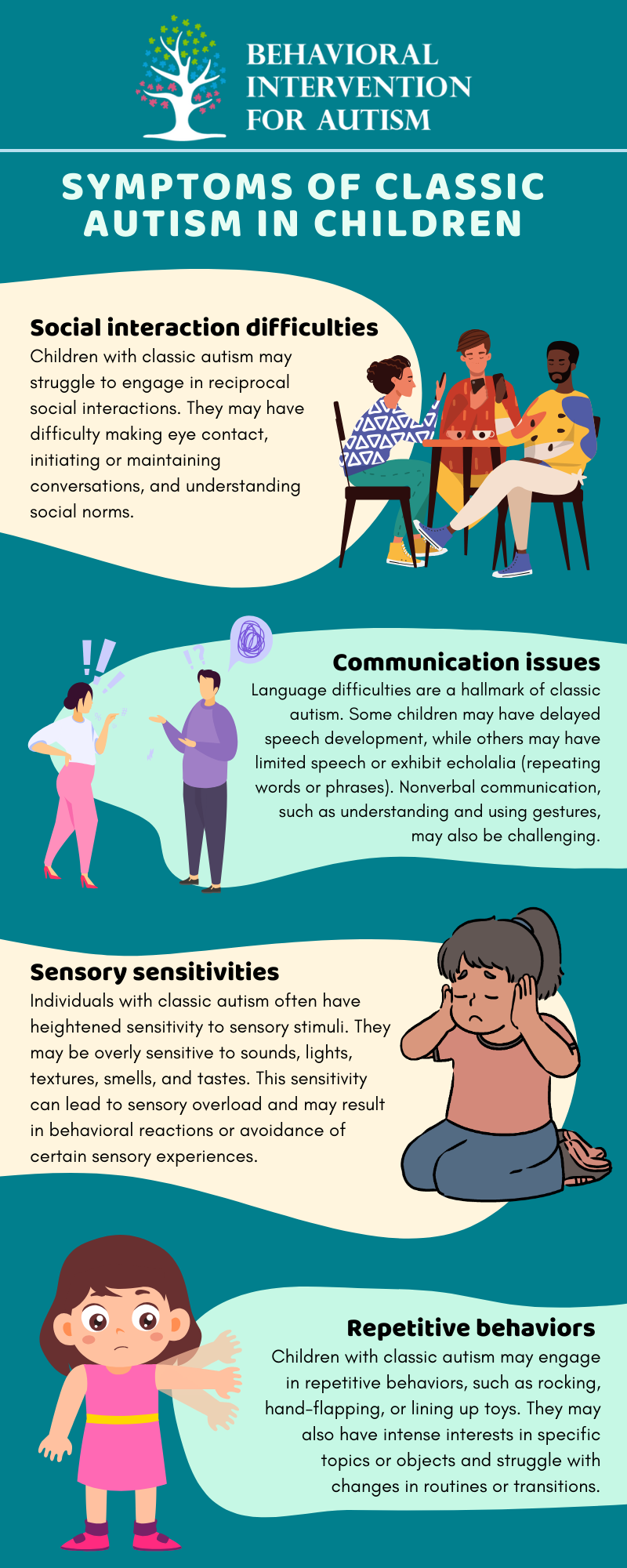Recognizing the Impact of Behavioral Autism on Every Day Life and Social Interactions
You could not understand just how deeply behavior autism impacts everyday life and social interactions. Individuals on the spectrum commonly navigate a world loaded with communication obstacles and sensory overload. These obstacles can lead to irritation and isolation, influencing their partnerships and overall well-being.
Defining Behavioral Autism and Its Characteristics
Behavior autism, commonly referred to as autism range problem (ASD), includes a variety of problems characterized by challenges in social communication, communication, and recurring actions. You may notice that people with ASD frequently battle to translate social signs, which can cause misunderstandings in discussions. They may discover it hard to develop eye get in touch with or participate in little talk, making social scenarios feel frustrating.
Communication difficulties can materialize in numerous methods, from delayed speech growth to a choice for using less words. Repeated actions, such as hand-flapping or rocking, can act as coping systems to take care of anxiety or sensory overload. These features can profoundly influence daily life, making it important for you to understand and sustain those with ASD. By identifying these qualities, you can foster a setting that promotes approval and encourages effective interaction, assisting people with autism thrive in their everyday communications.
The Spectrum of Autism: Comprehending Variability in Habits
Autism spectrum condition (ASD) isn't a one-size-fits-all medical diagnosis; it varies commonly among individuals. You may encounter people who are highly verbal and engage easily in discussions, while others might like singular activities or connect non-verbally.
Furthermore, the means people with ASD respond to sensory input can vary significantly; some may be overwhelmed by loud sounds or brilliant lights, whereas others thrive in boosting settings. The spectrum likewise includes distinctions in social interactions; some people might battle to translate social signs, while others browse social setups with loved one simplicity. Comprehending this variability is necessary, as it helps you appreciate everyone's special experience and dressmaker support to their specific needs, promoting a much more comprehensive atmosphere for everybody.
Communication Obstacles Encountered by People With Autism
When you communicate with people on the autism spectrum, you might discover their special interaction obstacles. They frequently face troubles with both nonverbal and spoken signs, which can influence their social communications. Comprehending these obstacles is crucial for cultivating better links and support.

Verbal Communication Troubles
Many individuals on the autism range experience spoken interaction difficulties that can substantially affect their daily communications. Your speed, tone, or volume may not straighten with social assumptions, creating others to misunderstand your purposes. Recognizing these challenges can assist you and your assistance network establish approaches to enhance interaction and cultivate better connections with others in your everyday life.
Nonverbal Interaction Obstacles
Verbal interaction isn't the only difficulty people on the autism spectrum face; nonverbal communication obstacles can be simply as significant. You could find it hard to translate body movement, facial expressions, and eye get in touch with, which are essential for effective communication. These obstacles can cause misunderstandings or misinterpretations of social signs, making interactions feel complicated or overwhelming. You might battle to express your very own feelings with nonverbal means, leaving others uncertain of your feelings or objectives. This disconnect can produce sensations of isolation and frustration. Recognizing these barriers is crucial for fostering understanding and empathy in your communications. By addressing nonverbal interaction, you can locate methods to boost your social experiences and enhance your overall lifestyle.
Social Communication Influences
Social communications can usually really feel overwhelming as a result of the unique communication obstacles faced by people with autism. You might have problem with analyzing social signs, making it difficult to comprehend mockery or body movement. This can bring about misunderstandings or uncomfortable minutes in discussions. Additionally, initiating and keeping conversations might really feel tough, causing anxiousness in social circumstances. You may choose structured settings, making spontaneous interactions uncomfortable. It's additionally typical to experience trouble in taking part in tiny talk, which can hinder forming new relationships. Recognizing these challenges can help you find methods to improve communication, such as practicing social skills in secure setups or using aesthetic help - Aba Therapist Near Me. Understanding your requirements allows you to browse social interactions with greater self-confidence and convenience.
Social Communication and Relationship Structure in Autism
While building relationships can be challenging for individuals with autism, understanding their unique point of views and interaction designs can cultivate purposeful connections. You might discover that several people on the range choose straight communication and may battle with social hints or tiny talk. By being uncomplicated in your interactions, you can assist produce a setting where they really feel comfortable.
Make the effort to observe and listen how they reveal themselves. This understanding can assist you in guiding conversations better. Involving in shared interests can likewise function as a bridge to deeper connections. Whether it's a leisure activity, a preferred program, or a mutual interest, these typical strings can open up doors to relationship.
Every Day Life Regimen: Navigating Difficulties and Techniques
Maneuvering daily life regimens can be specifically challenging for individuals with autism, specifically when unforeseen adjustments happen. To navigate these challenges, take into consideration applying aesthetic routines or checklists.
Establishing a regimen that includes sensory breaks can likewise be valuable. This aids create an understanding environment.
Last but not least, method mindfulness strategies to manage stress and stress and anxiety. Simple breathing exercises or basing methods can make a substantial difference. By integrating these strategies, you can boost your daily regimen and reduce disturbances, making life feel extra manageable.
Staminas and Abilities of Individuals on the Autism Range
Understanding day-to-day live regimens is just one element of the autism experience. Numerous people on the autism spectrum have exceptional toughness and abilities that set them apart. You might discover that your attention to detail is phenomenal, allowing you to master tasks that need accuracy and emphasis. Your capability to assume outside the box can bring about innovative options in numerous situations.
Moreover, your memory abilities frequently radiate, specifically in locations of passion. Aba Therapist. This flair for preserving information can make you an important resource in fields like art, technology, or science. You may likewise display strong visual reasoning, allowing you to envision intricate ideas and resolve issues creatively
Additionally, your unique viewpoint on the globe can promote empathy and understanding in others, enhancing social interactions. Embracing these strengths not just improves your confidence but additionally aids others value the varied skills you bring to the table.
Developing Inclusive Settings for Individuals With Autism
Developing comprehensive settings for individuals with autism starts with designing sensory-friendly areas that deal with their special requirements. You can likewise promote opportunities for social interaction, aiding to construct links and friendships. By making these adjustments, you'll add to browse around this site a much more welcoming ambience for everyone.
Creating Sensory-Friendly Spaces
While creating sensory-friendly spaces, it's essential to assess the distinct needs of people with autism. Begin by choosing relaxing shades and soft lights to produce a comforting atmosphere. When overwhelmed, incorporate silent areas where people can retreat and reenergize. You'll intend to decrease loud noises and interruptions, making use of soundproof materials or white noise machines to aid keep harmony. Consider tactile elements like soft textiles or fidget-friendly things that can give convenience. Determine that areas are versatile, enabling easy reformation to fit various activities. Consist of aesthetic schedules or clear signage to assist people browse the room confidently. By thoughtfully integrating these aspects, you can create a welcoming atmosphere that sustains sensory needs and promotes overall well-being.
Advertising Social Interaction Opportunities
Creating sensory-friendly areas not only addresses private convenience yet also establishes the phase for meaningful social interactions amongst individuals with autism. To promote these interactions, produce comprehensive environments that welcome engagement. Arrange structured activities, like art courses or group games, that urge cooperation without overwhelming sensory input. Use visual aids and clear communication to aid every person engage conveniently. Motivate peer mentoring, combining individuals with autism with helpful peers who can guide them via social situations. Furthermore, think about hosting routine neighborhood occasions that commemorate neurodiversity, cultivating approval and understanding among all participants. By carrying out these techniques, you can enhance social possibilities, assisting individuals with autism build friendships and reinforce their social skills in a secure, inviting environment.

Often Asked Questions
Just How Can Pals Assistance A Person With Behavioral Autism?
You can support a friend with behavior autism by being individual, paying attention actively, and respecting their limits. Engage in activities they delight in, communicate freely, and create a comfy atmosphere where they feel valued and understood.
What Resources Are Available for Moms And Dads of Children With Autism?
You can explore various sources for parents of youngsters with autism, consisting of support groups, educational sites, and local social work. Getting in touch with various other moms and dads can likewise provide beneficial insights and shared experiences to aid navigate difficulties.
Can Behavioral Autism Modification Gradually?

Yes, behavior autism can alter in time. You might observe changes in interaction, social abilities, and actions as your child expands. Early treatment and assistance commonly play important duties in these developing modifications.
Just How Do Sensory Sensitivities Influence Day-to-day Live?
Sensory sensitivities can make everyday experiences frustrating. You may battle with loud noises or bright lights, leading to stress and anxiety or avoidance. Discovering settings that accommodate your needs can substantially improve your convenience and overall day-to-day live.
What Prevail Misconceptions Concerning Behavioral Autism?
You might believe behavior autism only impacts interaction abilities, however it's more complicated. Many think people do not have compassion or intelligence, which isn't real. Recognizing these misconceptions assists foster acceptance and assistance for those on the range.
Behavior autism, commonly referred to as autism range condition (ASD), encompasses a variety of problems defined by obstacles in social communication, interaction, and repetitive behaviors.Social interactions can usually really feel frustrating due to the distinct communication obstacles encountered by go to my blog individuals with autism.Creating sensory-friendly spaces not only addresses individual comfort but additionally sets the phase for purposeful social communications among individuals with autism. Encourage peer mentoring, combining people with autism with helpful peers that can direct them important source through social circumstances. By applying these strategies, you can enhance social chances, helping individuals with autism develop relationships and strengthen their social abilities in a secure, inviting atmosphere.
Comments on “What to expect when working with an Autism Behavioral Therapy approach practitioner”